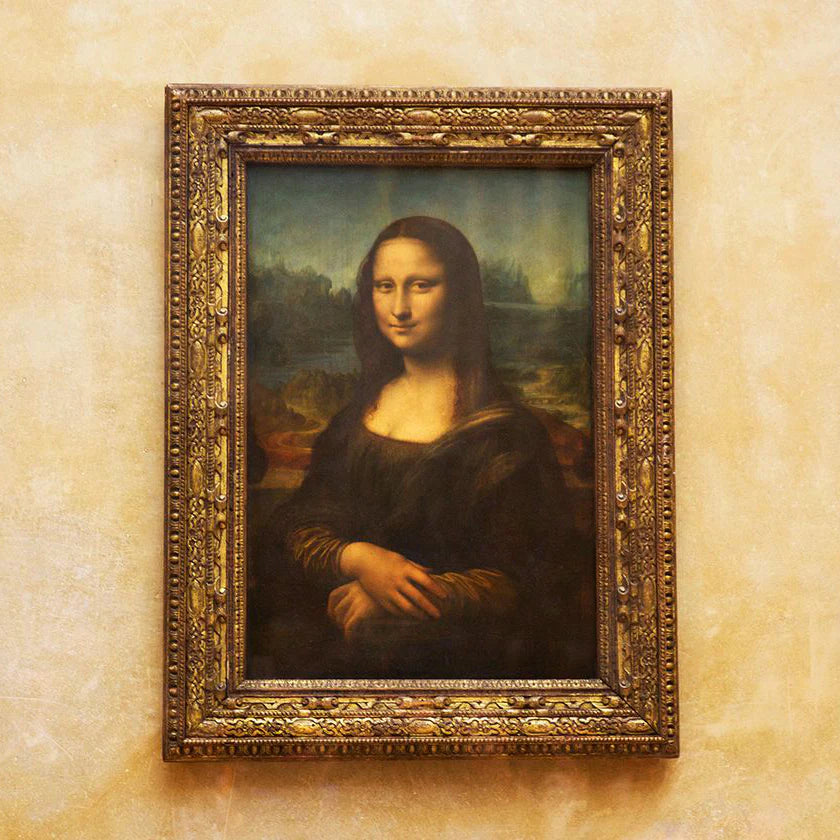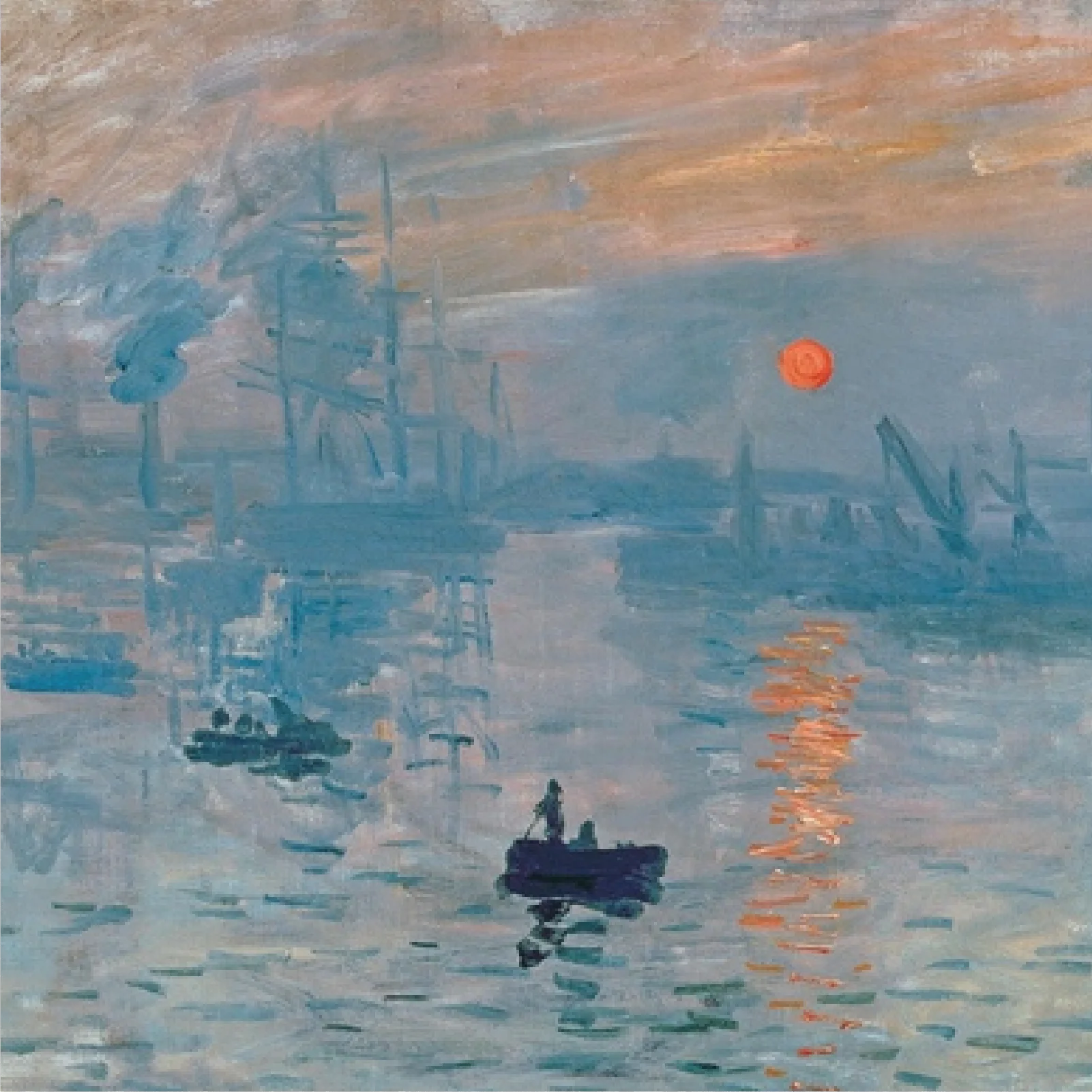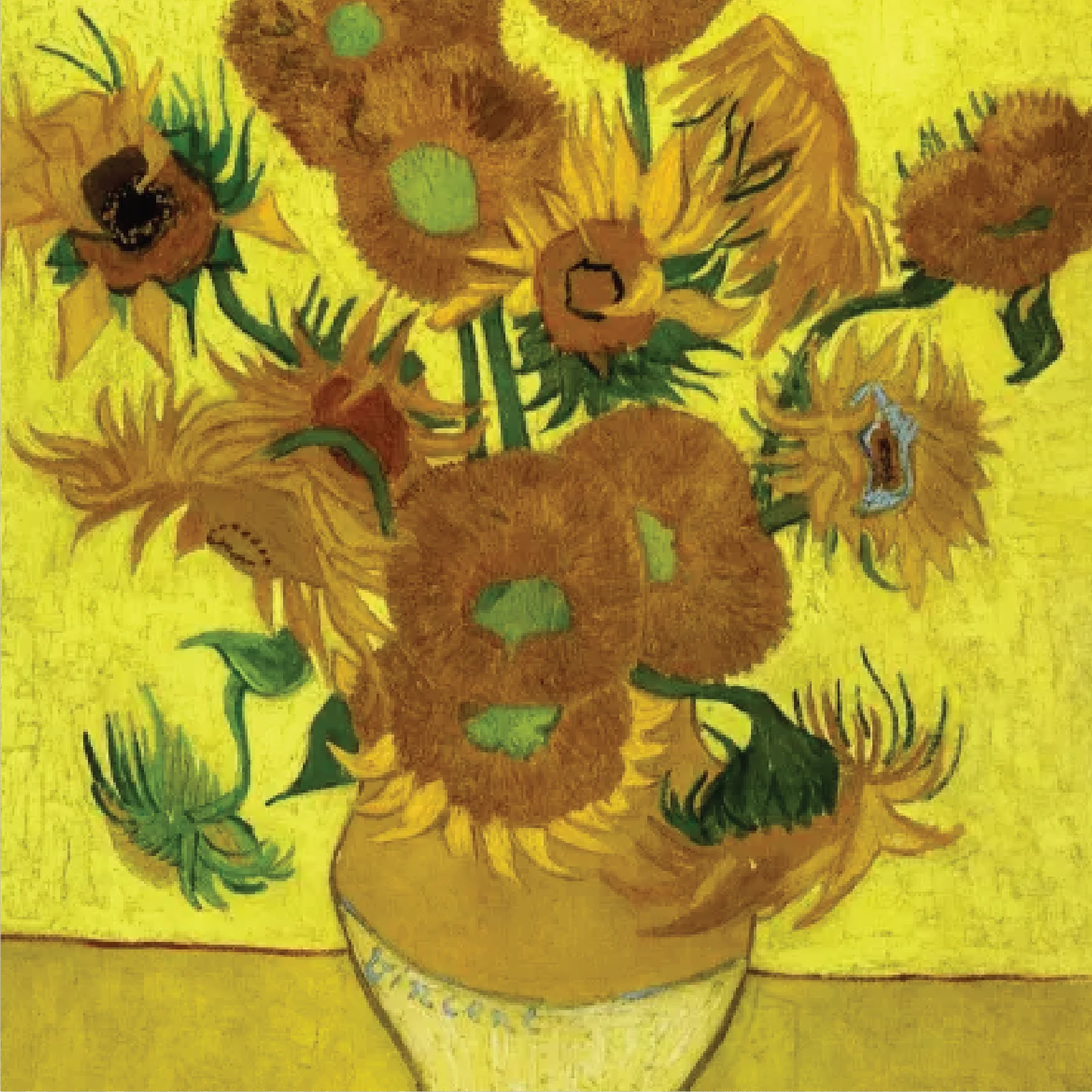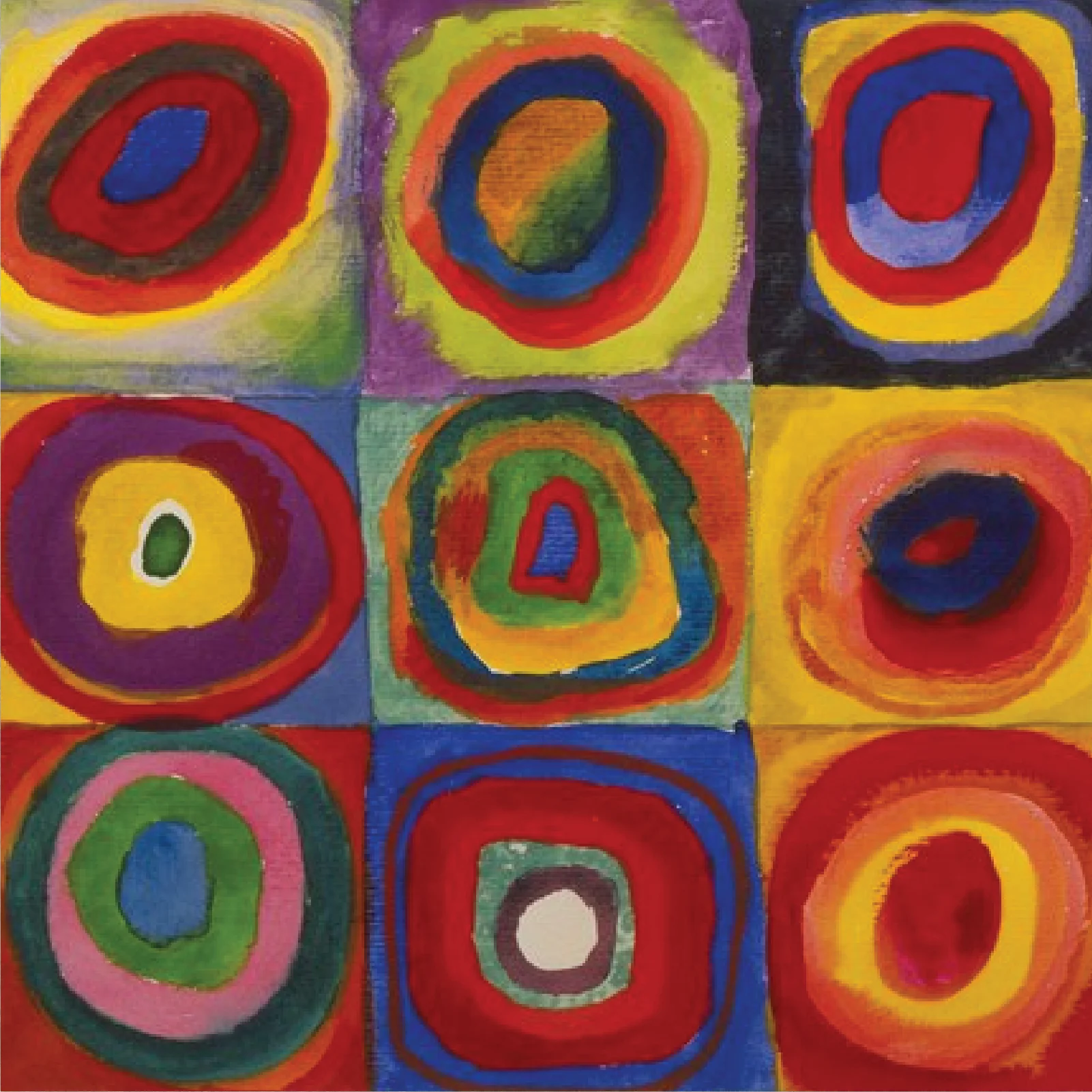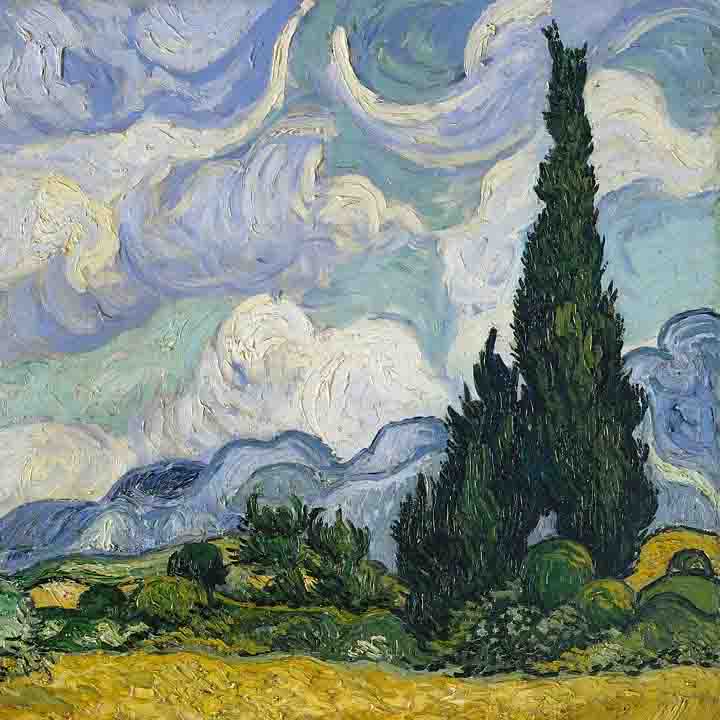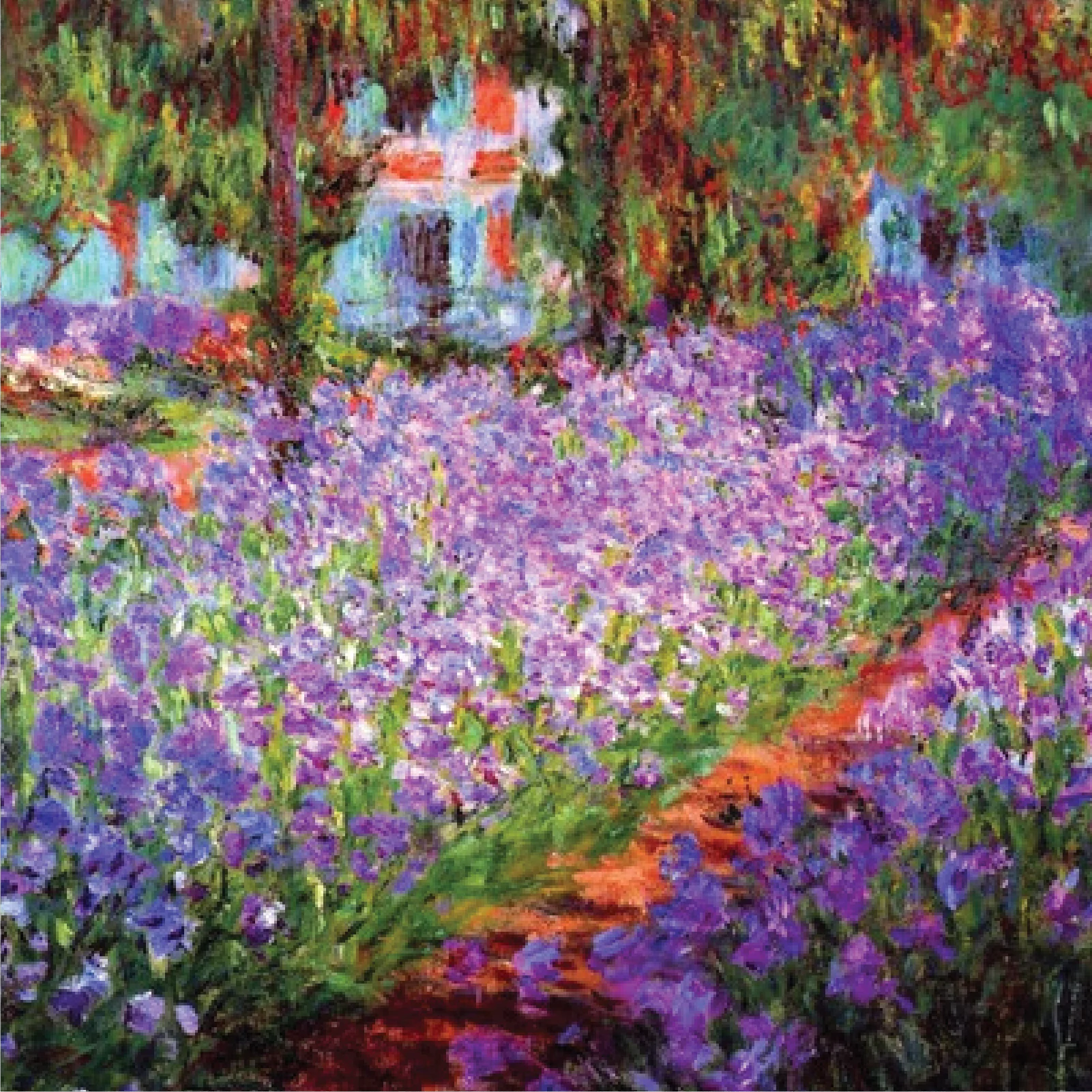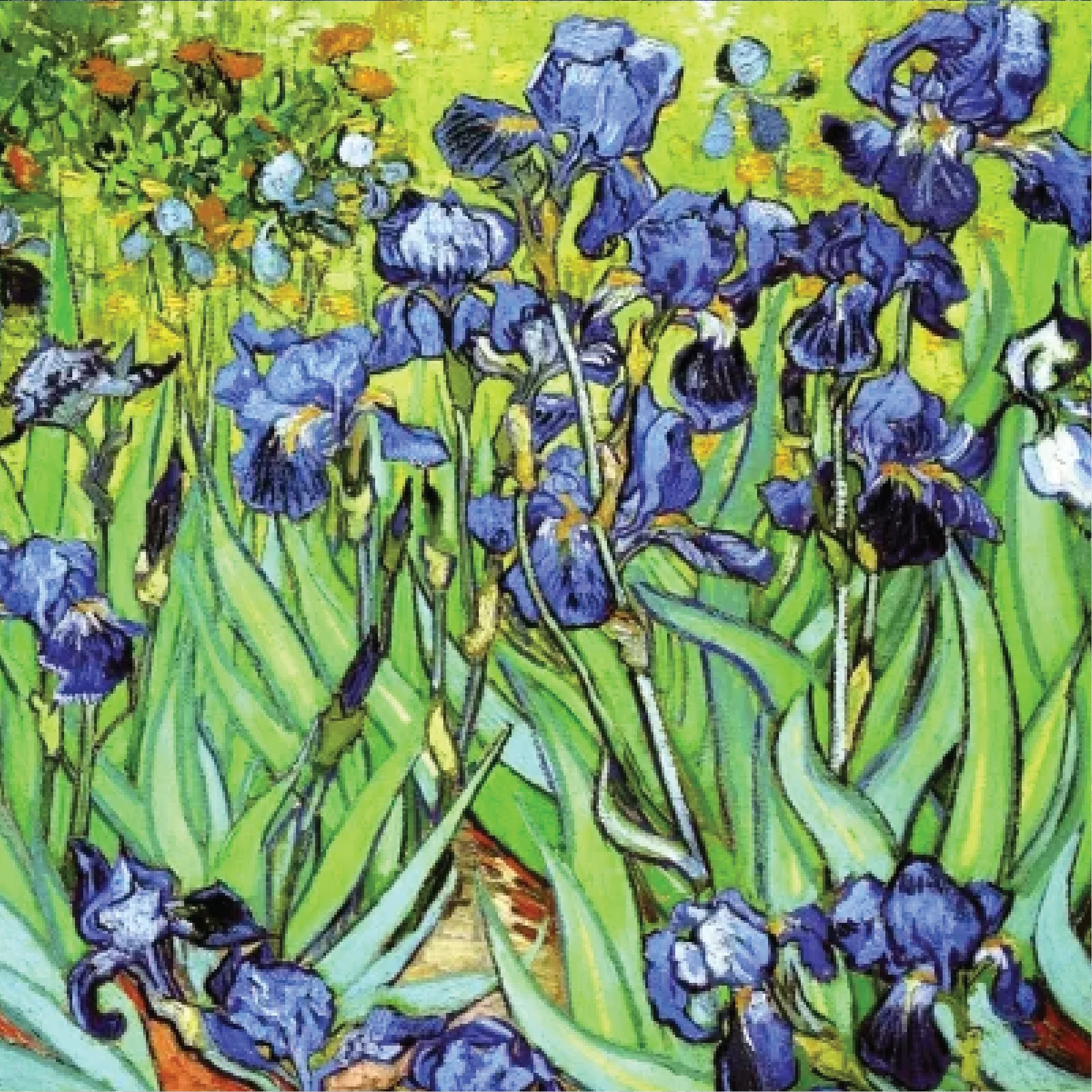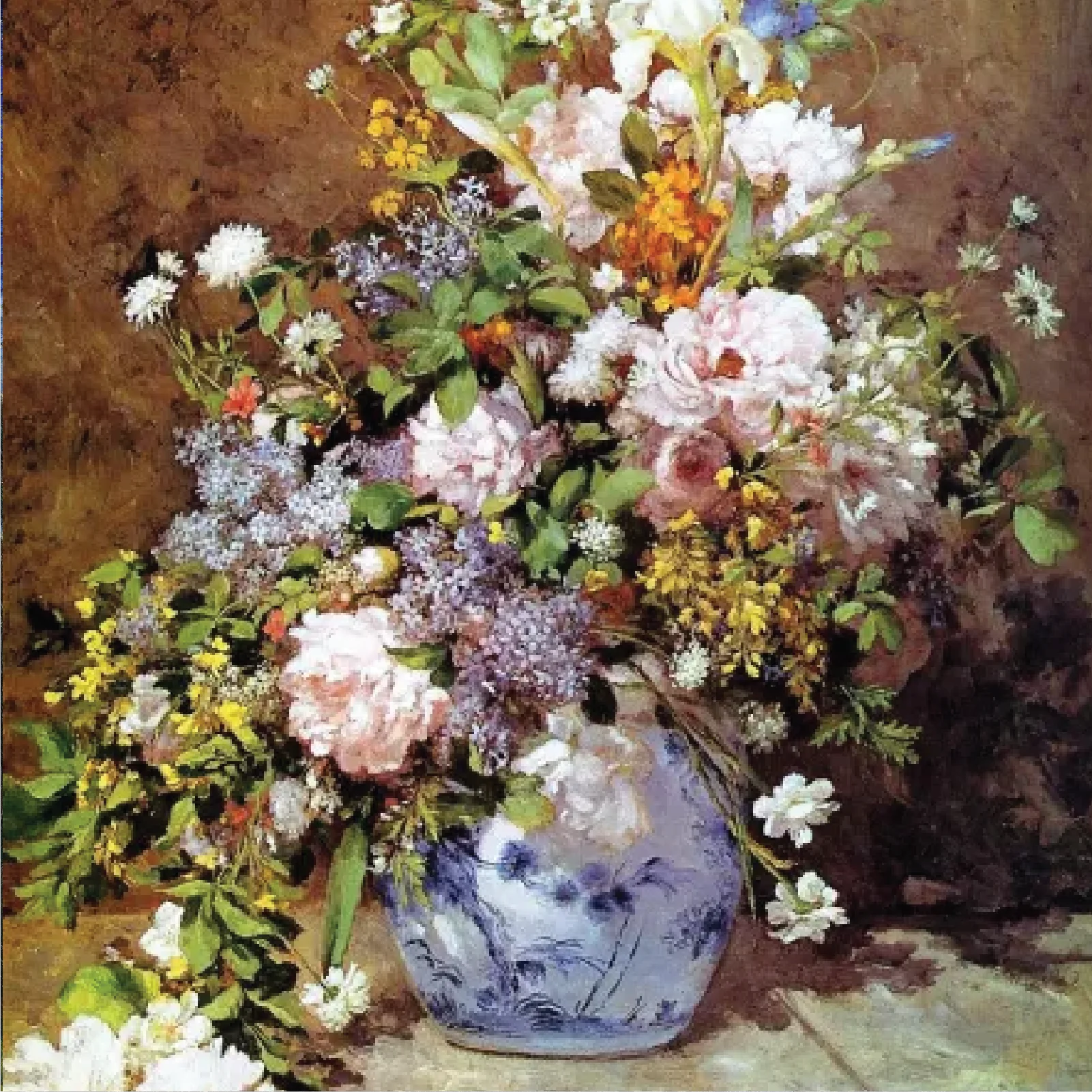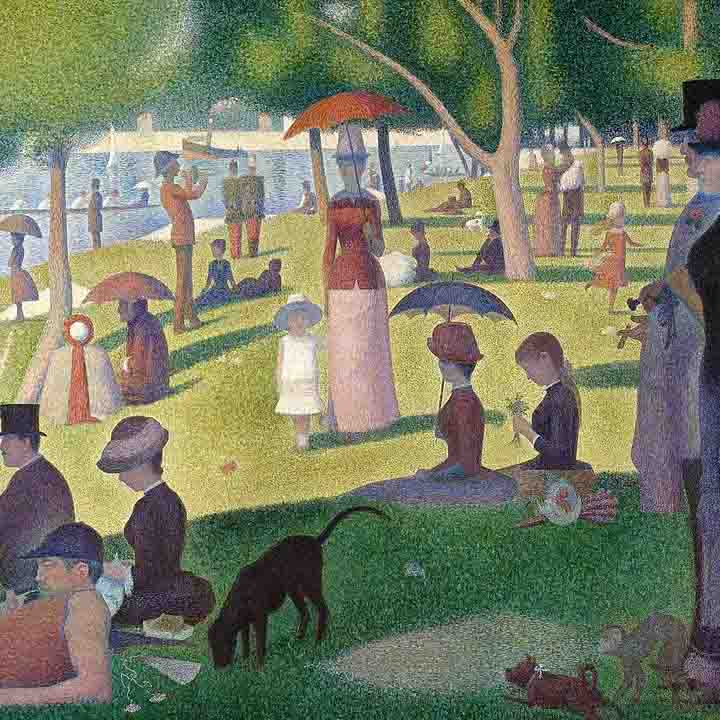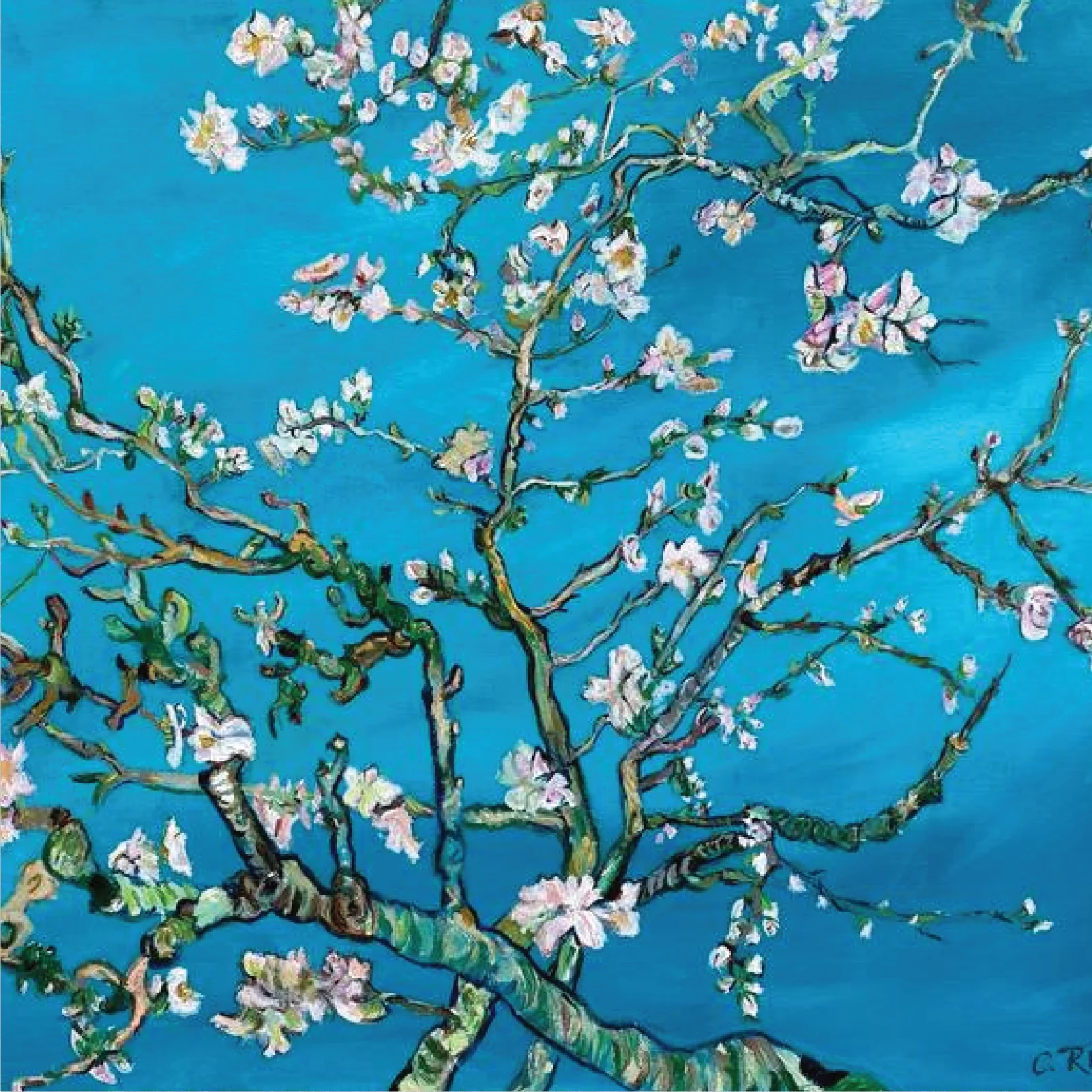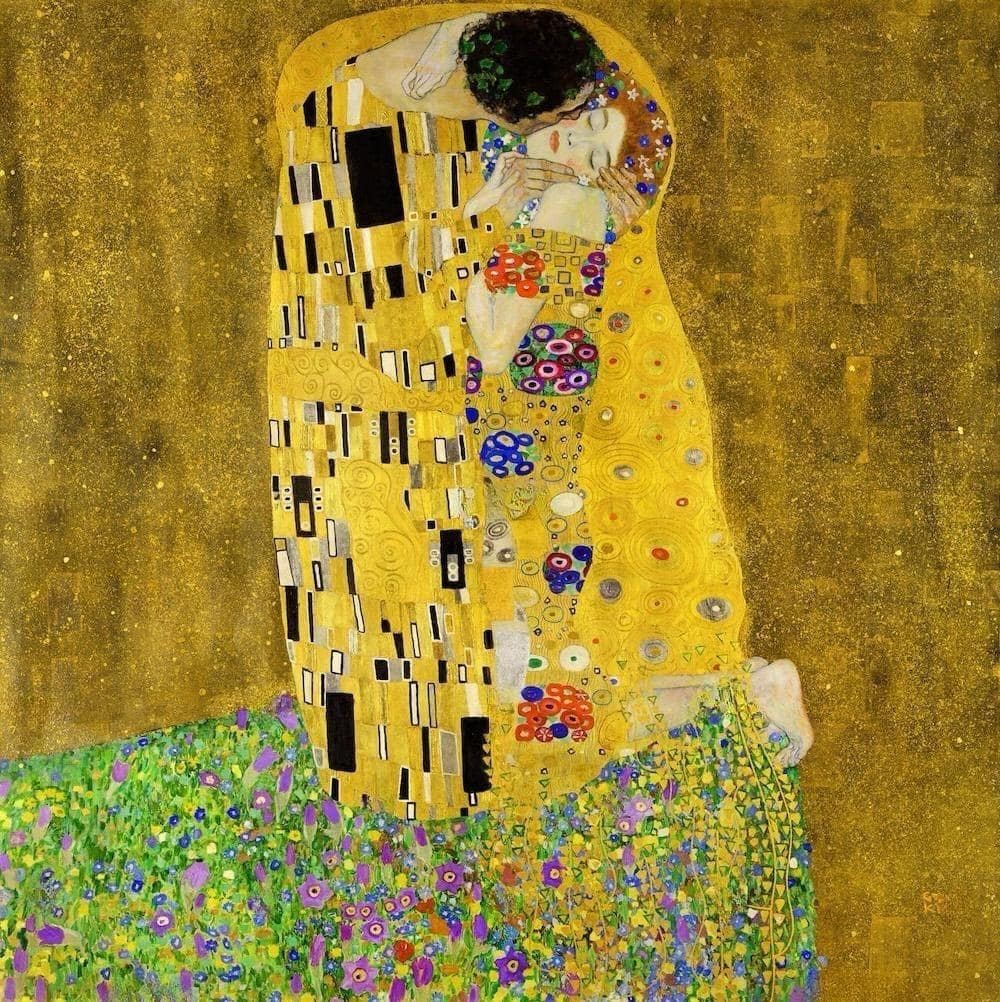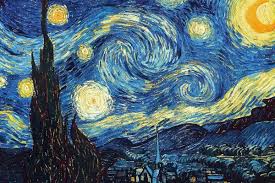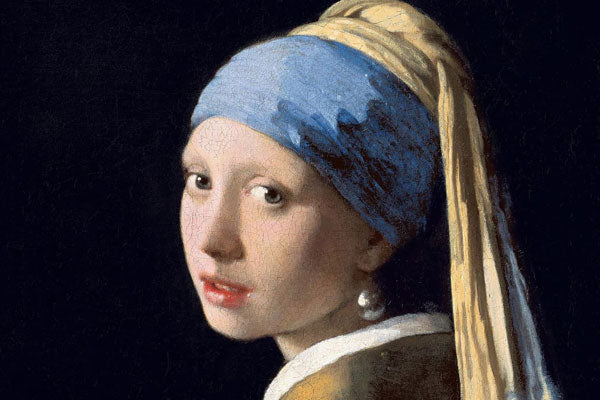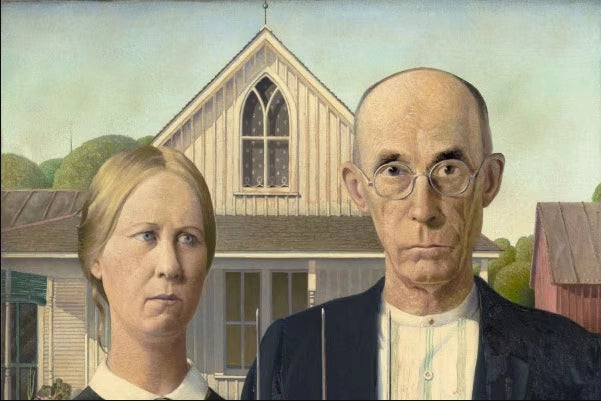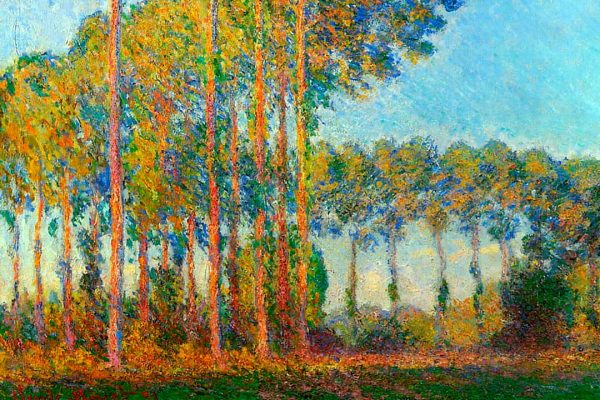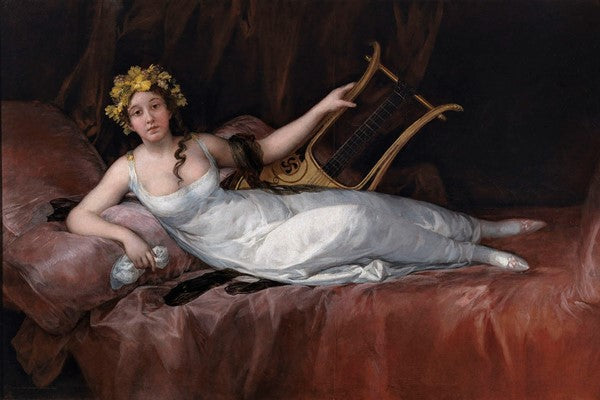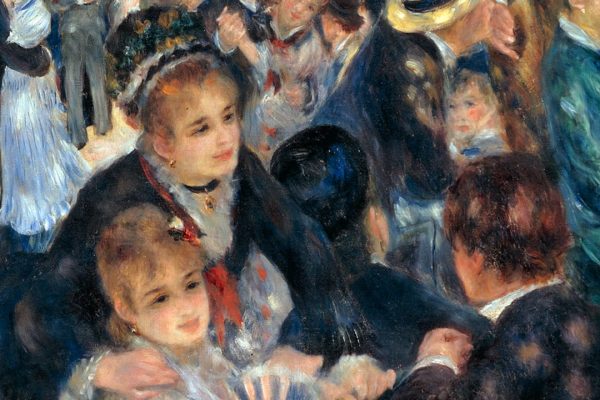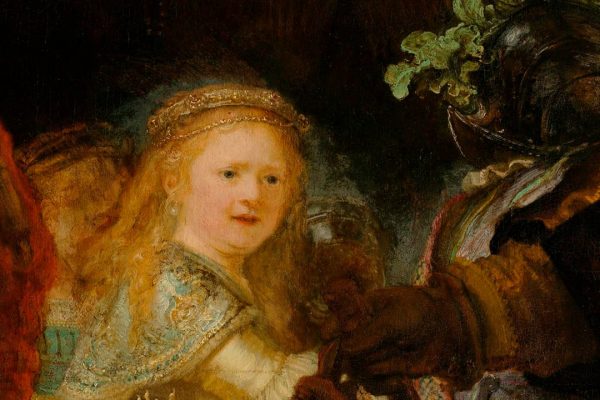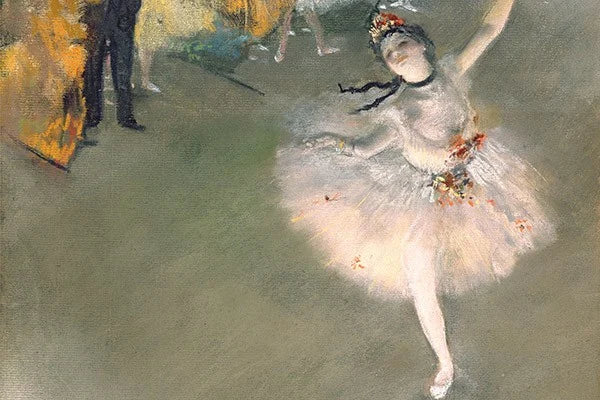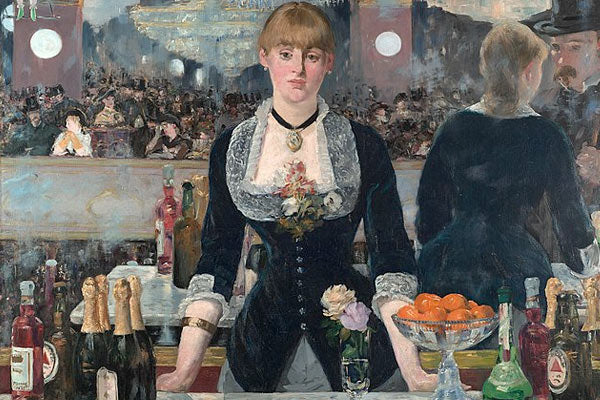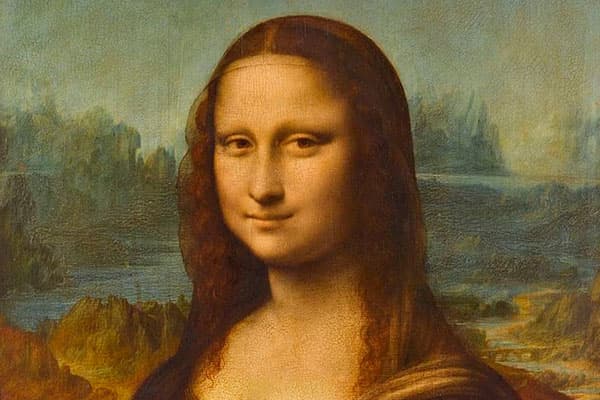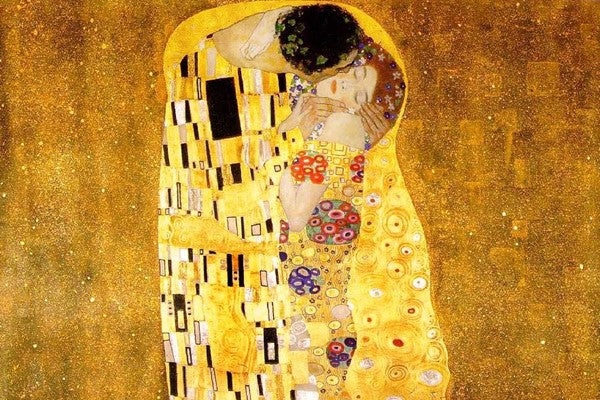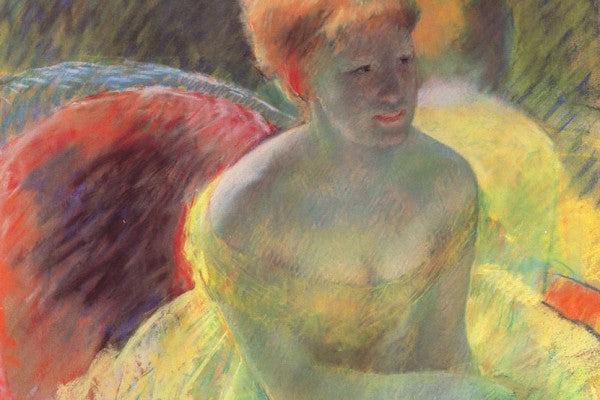Vincent van Gogh was one of the main exponents of post-impressionism. His life was short but intense. The painter died at the age of 37 and had already created 800 paintings and more than 1600 drawings. He received little recognition during his lifetime, but today, Van Gogh is one of the most recognized artists worldwide, his works are reproduced en masse on products such as mugs, t-shirts, notebooks, and more.
There are several reasons why the Dutchman's paintings are so popular. We invite you to discover why we love Van Gogh's paintings.
Celebration of the everyday
Van Gogh painted bedrooms, streets, cafes, chairs, and flowers, among other objects that we all have close to us. The painter was not interested in portraying the nobility or grand historical subjects, but rather the everyday of his surroundings. Instead, the painter addressed universal themes such as everyday life, nature, and human emotions. Experiences and themes that are universally understandable are more likely to resonate with a wider audience.
Much of Van Gogh's timeless success is because his paintings portray everyday life and human solace in nature. For these reasons, the artist made accessible art, art that most people can relate to across time and cultures.
Van Gogh found beauty in the ordinary, transforming everyday scenes into masterpieces. From wheat fields to simple chairs, his works capture the richness of everyday life. The artist was able to elevate the ordinary to the extraordinary, offering a unique perspective and appreciation for what many might overlook.

The uniqueness of the style
Van Gogh's distinctive technique is one of the fundamental reasons for his appeal. His thick, expressive brushstrokes not only create a palpable texture on canvas but also reveal the intensity of his emotions. This artistic uniqueness is a magnet for those seeking a unique and unmistakable visual experience.
Van Gogh's boldness in composition also challenged the artistic conventions of his time. His innovative compositions, such as "Starry Night," inspire admiration for his avant-garde vision. This ability to go beyond the conventional contributes to the endurance of his artistic legacy.

"Two Peasant Women Digging in a Snow-Covered Field at Sunset" (1890)
Vibrant emotion captured in color
Van Gogh was a master at conveying emotion through his color palette. Each vibrant stroke not only represented reality but was also a direct expression of the depths of his soul. The choice of intense tones and the unique application of colors evoked a direct connection with the viewer.
The use of vibrant colors became emblematic in Van Gogh's paintings, which was not understood at the time. Van Gogh also mastered the art of contrast. From the intensity of the colors to the juxtaposition of light and shadow, each work presents a visual play that engages and fascinates. This ability to create dynamism and visual depth is one of the reasons his works continue to be admired. But in the end, one of the painter's main motivations was to convey emotions and feelings.
From a psychological perspective, the visual aesthetic of Van Gogh's works is intrinsically appealing. His unique use of vibrant colors and bold brushstrokes stimulates visual perception and can generate positive responses in the human brain. Gestalt theory suggests that the mind seeks patterns and visual harmony, abundant elements in Van Gogh's works.

Nostalgia and Romanticism
Nostalgia and romanticism play a crucial role in the emotional attraction that many people feel towards Van Gogh's works. These two emotional dimensions create a bridge between the past and the present, inviting viewers to embark on an emotional journey through time as they contemplate the immortal creations of the post-impressionist master.
According to psychological studies, the timeless aesthetics of Van Gogh's paintings can awaken a sense of nostalgia that makes the viewer sentimentally connect with the past, recalling beautiful moments, places, or meaningful experiences. His bucolic landscapes and scenes of everyday life capture the essence of moments lost in time. Vibrant brushstrokes and depictions of nature, often tempered by a sense of melancholy, can remind us of past experiences, generating a sense of familiarity and solace.
On the other hand, romanticism in art seeks to evoke emotions and capture the essence of the human experience. Van Gogh, in his distinctive approach, incorporates romantic elements that go beyond the literal representation of reality. His bold brushstrokes and chromatic choices express a unique emotional subjectivity, adding a romantic dimension to his works. For example, in "The Starry Night", the intense colors and stylized forms go beyond the visual and evoke a sense of wonder and awe.

Interwoven personal stories
Each of Van Gogh's works tells a story, often related to his own life. From his radiant sunflowers to the empty chair, the personal narratives add layers of meaning that resonate in the viewer's heart. This intimate aspect adds layers of meaning and invites viewers to connect not only with the work but also with the man behind the brush.
The connection between Van Gogh's mental health and art may also play a significant role. To this day, it is believed that there is some relationship between mental health and creativity and artistic expression. Van Gogh's history of struggle with mental illness adds layers of complexity and understanding to his work, immersing viewers in a unique artistic experience.
The intimate narrative Van Gogh wove into his works, based on his own experiences and emotions, allows viewers to identify with him on a personal level, generating empathy. Psychology suggests that identification with the artist's personal history can strengthen the emotional connection to his works.

Each painting by Vincent van Gogh goes beyond simple visual representation. His art immerses us in the uniqueness of his style, connects us to personal narratives, celebrates everyday life, reveals his connection to nature, challenges artistic conventions, and above all, leaves us with a lasting emotional imprint. These reasons give us a complete picture of why we love Van Gogh's paintings. His art remains a window into the depths of the human soul, a window that never ceases to fascinate and move. What do you think?
Visit the Art & See website and get your handmade oil painting reproductions.
